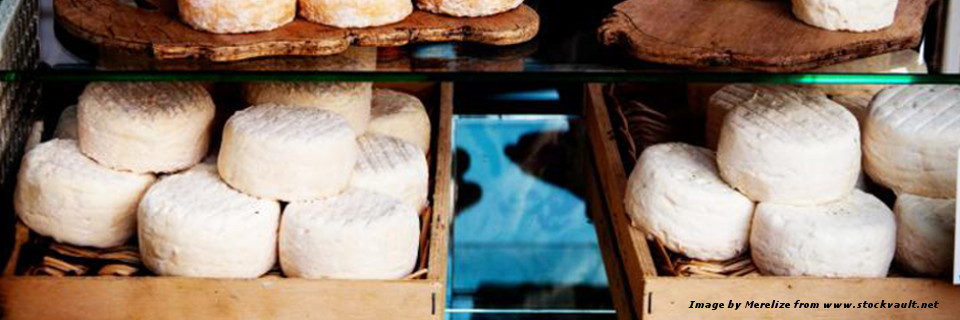Ricerca
Microbiological and physico-chemical changes during manufacture of an Italian goat cheese made from raw milk

26/01/2017
Elena Dalzini1, Elena Cosciani-Cunico1, Chiara Sfameni1, Paola Monastero1, Paolo Daminelli1, Marina Nadia Losio2, Giorgio Varisco1
1Centro di Referenza Nazionale per i Rischi Emergenti in Sicurezza Alimentare, Istituto Zooprofilattico Sperimentale della Lombardia e dell'Emilia Romagna "B. Ubertini", Brescia
2 Istituto Zooprofilattico Sperimentale della Lombardia e dell'Emilia Romagna "B. Ubertini", Brescia, Italy
Italian Journal of Food Safety 2014; volume 3:4586
© 2015, Page Press Publications. All rights reserved.The aim of this work was to study the microbiological and physico-chemical changes throughout three cheesemaking replicates of Italian Formaggelle di capra cheese made from raw goat milk. Therefore, during the process, three samples of milk, curd and cheese at 3, 7, 11, 14, 21 and 30 days of ripening old cheese were taken from three cheesemaking replicates. The average of total mesophilic bacteria and Enterobacteriaceae count in raw milk was 5.27±0.57 and 3.8±1.02 Log cfu/mL, respectively. Lactic acid bacteria was the predominant bacterial group during the process, and they developed in different ways in each of the media used (M17 and MRS agar). Variability of microbial concentrations was observed between three cheesemaking replicates. A correlation between the presence of higher levels of Enterobacteriaceae in milk and the presence of other contaminants bacteria such as Escherichia coli β-glucuronidase-positive and coagulase-positive staphylococci was observed. In cheesemaking replicate n. 2, E. coli level was 5.07±0.03 Log cfu/mL and increased by about 1 log until the last week of ripening, when the level decreased to 5.69±0.2 Log cfu/mL. The milk used for the cheesemaking replicate n. 2 was found to be contaminated also by coagulase-positive staphylococci (3.18±0.06 Log cfu/mL), but the behaviour of this group appeared to be very variable. In this study a first step of process control and microbial groups study was performed and the cheesemaking process was registered in the website www.ars-alimentaria.it, the Italian site supported by the Italian Board of Health

